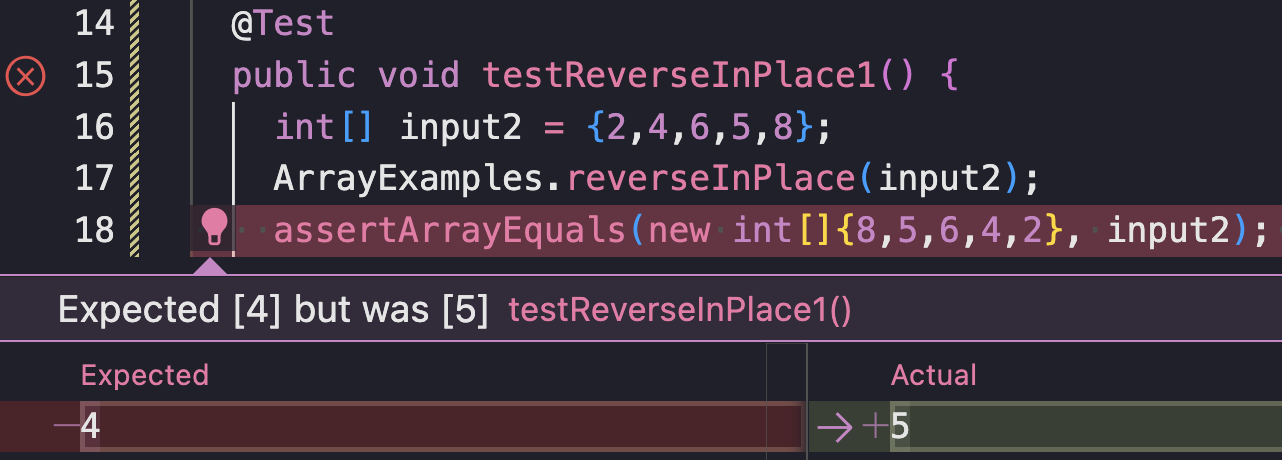cse15l-lab-reports
Part 1
import java.io.IOException;
import java.net.URI;
import java.util.ArrayList;
class Handler implements URLHandler {
ArrayList<String> strings = new ArrayList<String>();
public String handleRequest(URI url) {
if (url.getPath().contains("/add-message")) {
String[] parameters = url.getQuery().split("=");
strings.add(parameters[1]);
return String.join("\n", strings);
}
return "Hi!";
}
}
public class StringServer {
public static void main(String[] args) throws IOException {
if(args.length == 0){
System.out.println("Missing port number! Try any number between 1024 to 49151");
return;
}
int port = Integer.parseInt(args[0]);
Server.start(port, new Handler());
}
}

The handleRequest method is called because the url contains “/add-message”. The string following the query gets added to the strings array list. Since there is only one element here, the .join method does make a difference, and only “Hello” gets returned.

The handleRequest method is called because the url contains “/add-message”. The string following the query gets added to the strings array list. And then the elements of strings are joined, separated by a new line, and returned.
Part 2
A failure inducing test:
@Test
public void testReverseInPlace() {
int[] input2 = {2,4,6,5,8};
ArrayExamples.reverseInPlace(input2);
assertArrayEquals(new int[]{8,5,6,4,2}, input2);
}
A passing test:
@Test
public void testReverseInPlace() {
int[] input1 = { 3 };
ArrayExamples.reverseInPlace(input1);
assertArrayEquals(new int[]{ 3 }, input1);
}
Failing test screenshot:


Passing test screenshot:


Code before:
static void reverseInPlace(int[] arr) {
for(int i = 0; i < arr.length; i += 1) {
arr[i] = arr[arr.length - i - 1];
}
}
Code After:
static void reverseInPlace(int[] arr) {
int[] newArray = new int[arr.length];
for(int i = 0; i < arr.length; i += 1) {
newArray[i] = arr[arr.length - i - 1];
}
for (int i = 0; i < arr.length; i ++){
arr[i] = newArray[i];
}
}
The original code attempted to switch the elements around, but once it reached the middle it just copied the first half again. The after code created a new array and populated the new array with the flipped array. It is then copied over into the original array.
Part 3
I didn’t realize you could create a web server so easily and have things change based on what’s typed into the search bar. I guess I knew it was a possibility, but I had never looked into it enough to understand how it worked. To be honest I still don’t completely understand how it works, although I’m sure I can figure it out after testing things out for a while more. One example is that I didn’t know the ? was what defined a query.